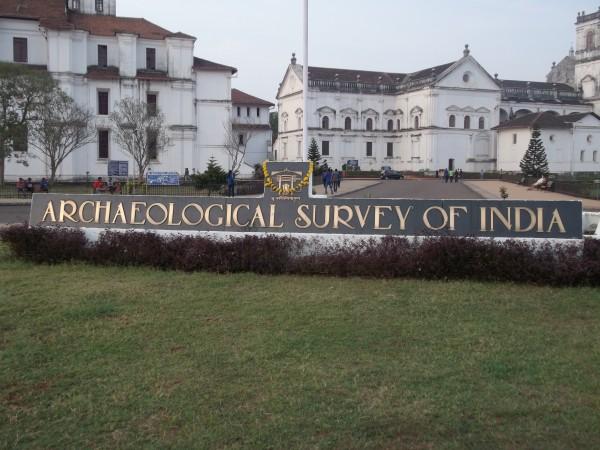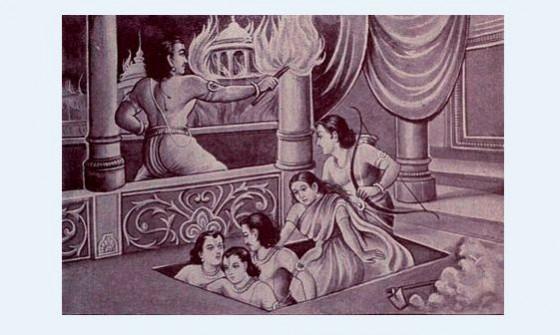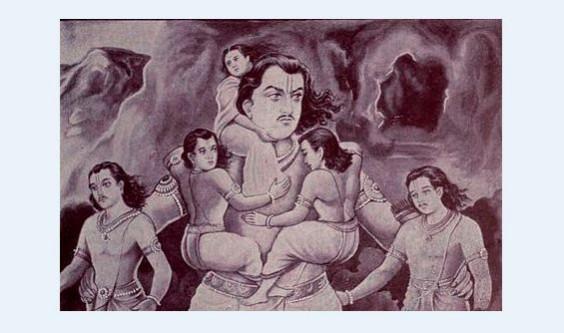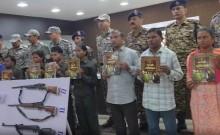
The Archaeological Survey of India (ASI) has finally given into the requests of archaeologists and local historians and given permission to excavate the site of the Lakshagriha or the House of Lac, which has been featured in the Mahabahrata.
The Lakshagriha was built in the forest of Varnavratm, which is now Barnawa in Baghpat district of Uttar Pradesh.
A Times of India report, quoted retired ASI superintending archaeologist, KK Sharma as saying that the "Lakshagriha plays a significant part in the Mahabharata. The Kauravas had built the palace out of lac and planned to burn the Pandavas alive, but the brothers escaped through a tunnel," said Sharma.

"The structure was located in Baghpat, at a site called Barnawa. In fact, Barnawa is the twisted name of Varnavrat, one of the five villages that the Pandavas had demanded from the Kauravas to settle in after their exile," he added.
Archeology students to participate
The excavation that will begin in the first week of December, will be overseen by two ASI institutions.
"After a thorough study of the proposal we have given licence to two ASI authorities, Institute of Archaeology in Red Fort, Delhi, and our excavation branch, to jointly conduct the excavation," said ASI excavation director Jitender Nath.
Students of the Institute of Archaeology will also be participating in the three-month-long excavation.
Chance to map length of tunnel
However, the leading English daily said that Dr SK Manjul, director, Institute of Archaeology has refused to comment on the excavation's religious significance and said it will focus on finding remains of primitive equipments.

"It will not be appropriate to say anything on the religious aspect of this site as of now. We chose this site primarily because of its proximity to other important sites like Chandayan and Sinauli. In Sinauli, excavations had revealed an important Harappan-period burial site. We had recovered skeletons and pottery in large quantities in 2005. Similarly, a copper crown along with carnelian beads was found in Chandayan village in 2014," said Manjul.
The excavation will also help archaeologists determine the length of the tunnel which was used by the Pandavas to escape the burning house of lac.










![Limited edition Phone (3a) launched in India; what's special about it [read now]](https://data1.ibtimes.co.in/en/full/825642/limited-edition-phone-3a-launched-india-whats-special-about-it-read-now.png?w=220&h=138)






